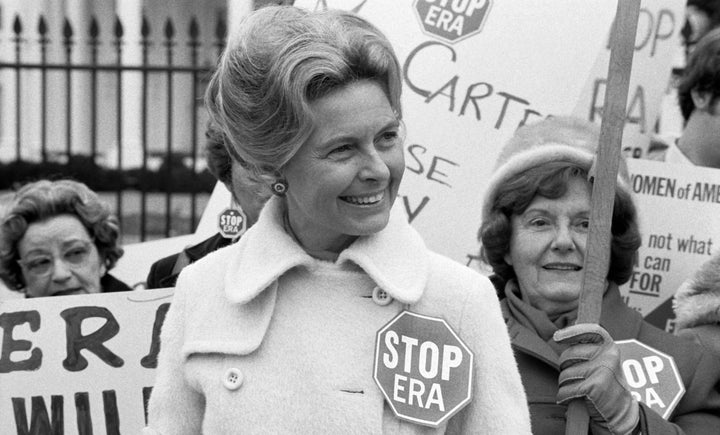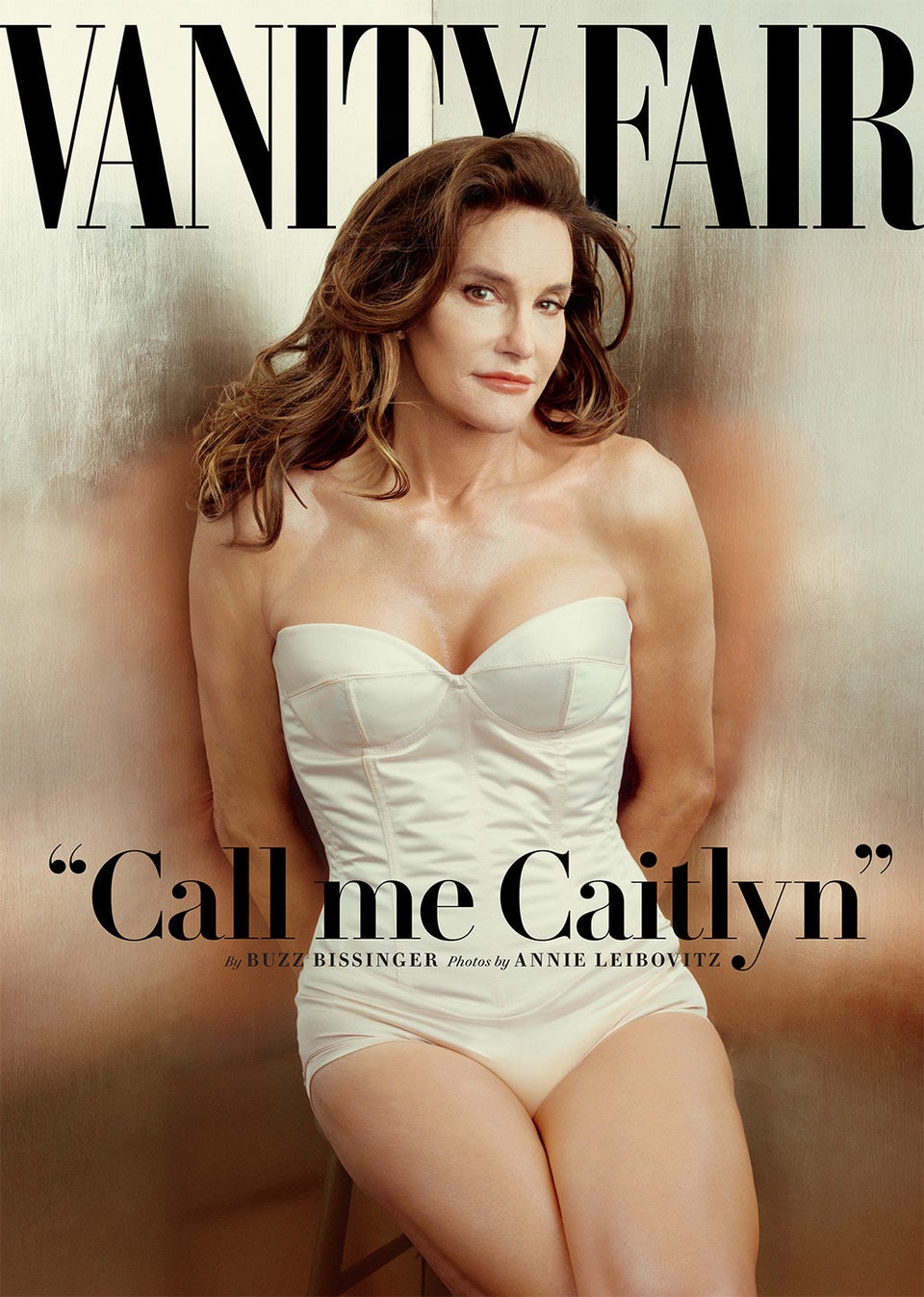
North Carolina Gov. Pat McCrory (R) signed a restrictive law Wednesday night that bars localities from passing anti-discrimination protections for lesbian, gay, bisexual and transgender individuals. The consequences include prohibiting transgender people from using restrooms based on their gender identity, rather than the gender on their birth certificates.
The frantic push by GOP legislators to pass this measure came after Charlotte, the state's largest city, approved an ordinance last month providing comprehensive nondiscrimination protections -- including allowing transgender individuals to use their preferred restroom. And it was that issue that opponents seized on.
"It is not only the citizens of Charlotte that will be impacted by changing basic restroom and locker room norms but also citizens from across our state and nation who visit and work in Charlotte," McCrory warned late last month. "This shift in policy could also create major public safety issues by putting citizens in possible danger from deviant actions by individuals taking improper advantage of a bad policy."
Bathroom panic also doomed an equal rights ordinance in Houston in November. The measure would have barred discrimination on the basis of race, age, military status, disability and 11 other categories, but all anyone could talk about was what it would allegedly do to public restrooms. Opponents ran a brutal ad showing a man entering a bathroom stall with a young girl.
“Any man at any time could enter a woman’s bathroom simply by claiming to be a woman that day,” the narrator warned.
The LGBT movement is the latest to come up against the sanctity of the public restroom, but it's not the first.
In the mid-1970s, the Equal Rights Amendment appeared headed for passage, just a few states short of the 38 ratifications it needed. The constitutional amendment guaranteed that "Equality of rights under the law shall not be denied or abridged by the United States or by any State on account of sex."
But supporters weren't ready for Phyllis Schlafly, the conservative activist who successfully mobilized against the ERA by warning that it would lead to the military drafting women and the proliferation of public unisex bathrooms. Then, as now, scaring people about what could happen behind closed stall doors proved to be very effective, as even ERA supporters admitted.

In March 1976, investigative columnist Jack Anderson revealed that the right-wing fringe John Birch Society helped gin up opposition to the ERA by distributing literature that "claims the amendment would make homosexual marriages legal, would outlaw separate public restroom facilities and would eliminate the separate state's authority over marriage, divorce and child care."
Operation Wake Up, a coalition of groups opposed to the ERA, also pushed the bathroom issue. An activist dressed up as a "common toilet" and crossed out the words "his" and "hers" and wrote "theirs."
But as with the LGBT fight, these fears were misplaced. As Timothy Schellhardt of The Wall Street Journal explained in a 1979 piece, "Despite talk about all sorts of compulsory mixing of the sexes, the right to privacy would permit segregated locker rooms and school dormitories."
And localities that have enacted LGBT-inclusive nondiscrimination ordinances have not seen an uptick in transgender predators -- or predators pretending to be transgender -- entering restrooms and assaulting people. Such behavior would remain a crime anyway, with or without gender identity protections.
In fact, the people who are most at-risk in bathrooms are transgender men and women.
A 2013 study by the Williams Institute, a think tank at UCLA School of Law dedicated to studying LGBT issues, found that 70 percent of transgender or gender non-conforming respondents in Washington, D.C., "reported being denied access, verbally harassed, or physically assaulted in public restrooms."
James Parker Sheffield, a transgender man who directs an LGBT-focused organization in Georgia, said he now fears for his safety if he visits North Carolina and uses a public restroom.
"Besides the obvious misconception that trans people are in a public restroom to do anything other than use the restroom," he said, "I think most people neglect to see the personal safety issues connected to these poorly conceived legislative moves."

